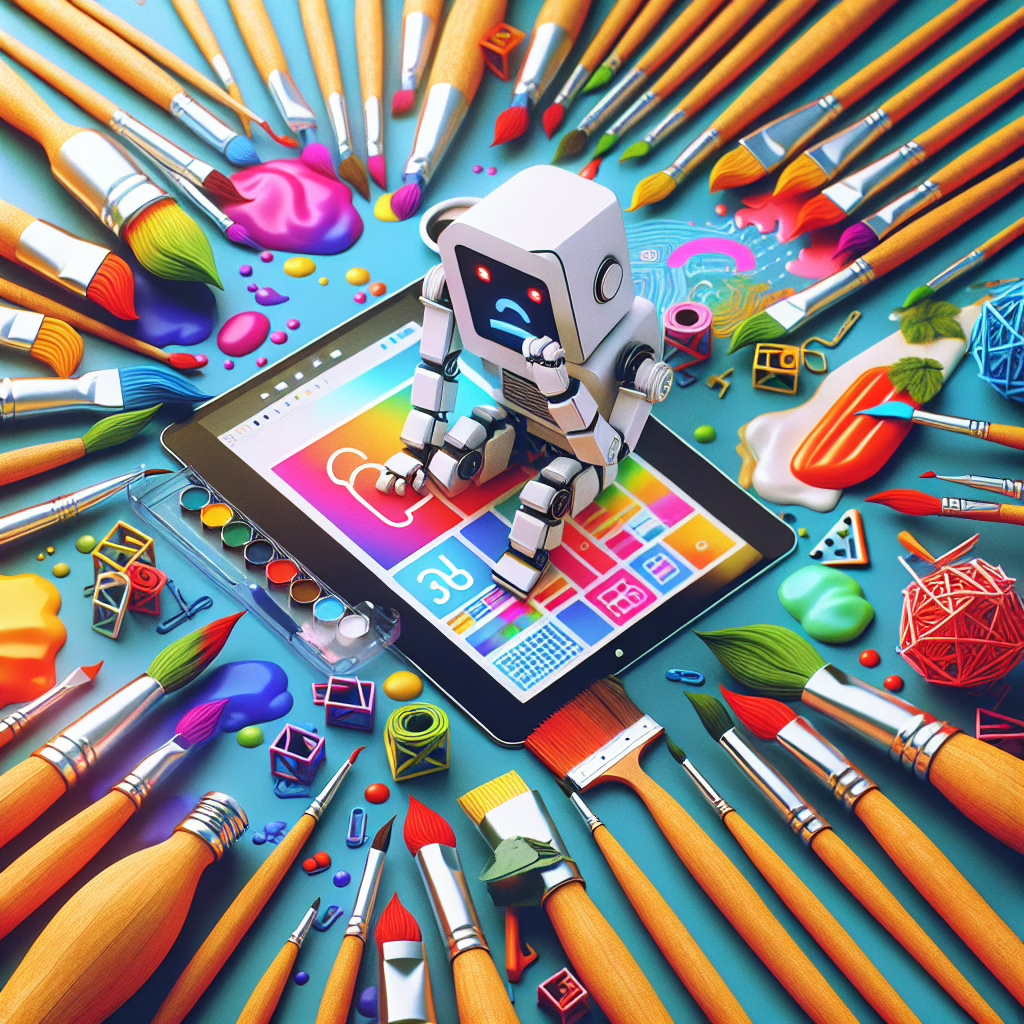In the ever-evolving world of design tools, Figma recently conducted a survey that reveals AI might not be living up to its over-hyped promise just yet. Yes, folks, despite the buzz surrounding artificial intelligence, it seems that our digital companions still have some growing up to do! Let’s dive into the findings and explore why AI in design is more of a toddler learning to walk than a seasoned pro.
AI: The Overhyped Genius?
We’ve all heard the whispers (and shouts) about how AI is revolutionizing industries—design included! However, Figma’s survey results suggest that while AI might have the potential to become a design superstar, it currently resembles that friend who talks big but can’t quite deliver on karaoke night. In fact, many designers reported that they were still doing most of the heavy lifting themselves.
Imagine this: you’re at a party, and someone confidently claims they can mix the best cocktails. But when it comes time to show off those skills, they accidentally serve you straight gin with a splash of regret. That’s what many designers are feeling about AI right now—great expectations, but mixed results.
What Did the Survey Reveal?
The survey highlights several key insights regarding AI’s role in design tools:
- Reliability: Designers found that while AI can assist with certain tasks, it often falters when it comes to creativity and nuance. Think of it as a robot trying to appreciate Van Gogh—good luck getting it to understand “Starry Night” beyond just swirls and colors!
- User Experience: Many users expressed frustration with AI-driven features that didn’t quite hit the mark. It’s like ordering a gourmet meal but getting a microwavable dinner instead—still edible but not quite what you envisioned.
- Collaboration: AI has been touted as a tool for enhancing collaboration among teams. However, designers reported that human interaction still reigns supreme when it comes to brainstorming and bouncing ideas around. After all, nothing beats a good ol’ face-to-face chat over a cup of coffee (or three).
The Silver Lining
Before you toss your sketchpad in despair and declare AI as yesterday’s news, let’s take a moment to appreciate its potential. While AI might not be ready to replace human designers anytime soon, it can still play an important supporting role in the creative process. It’s like having a trusty sidekick who’s great at fetching coffee but still needs help with the superhero stuff.
For instance, AI can automate repetitive tasks such as resizing images or generating color palettes—tasks that often feel like dragging your feet through molasses. This allows designers to focus on what they do best: creating stunning visuals and crafting compelling narratives.
The Future of Design Tools
As we look toward the future of design tools in 2025, one thing is clear: we need to strike a balance between leveraging AI capabilities and retaining our uniquely human touch. After all, no algorithm can replicate the spark of inspiration that comes from an early morning brainstorming session or the euphoria of finally nailing down that perfect design concept.
So how do we envision this future? By encouraging developers to continue refining AI technology while also emphasizing the importance of human creativity. Figma’s survey reminds us that while AI might be on its way to becoming an indispensable tool, it’s not quite ready for its solo act just yet.
Final Thoughts
In conclusion, Figma’s survey shows us that while AI has made strides in the design world, there’s still plenty of room for growth. Just remember: every superhero started off as an amateur! So let’s embrace both technology and our creative instincts as we navigate this exciting journey together.
What are your thoughts on the current state of AI in design tools? Are you excited about its potential or skeptical about its effectiveness? Share your insights below—we’d love to hear from you!
A big thank you to TechRadar for their original article that inspired this discussion!

